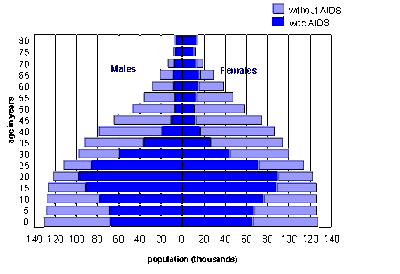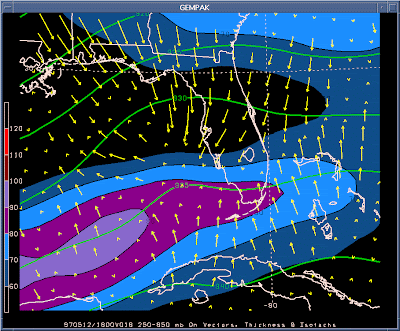 http://www.geocities.com/stevejford/Africa_Choropleth.jpg
http://www.geocities.com/stevejford/Africa_Choropleth.jpgThis map shows the life expectancy, land use, and gnp per capita of Africa. This map has managed to use three different variables and include them onto one map of Africa with colors and a pie chart.
















































